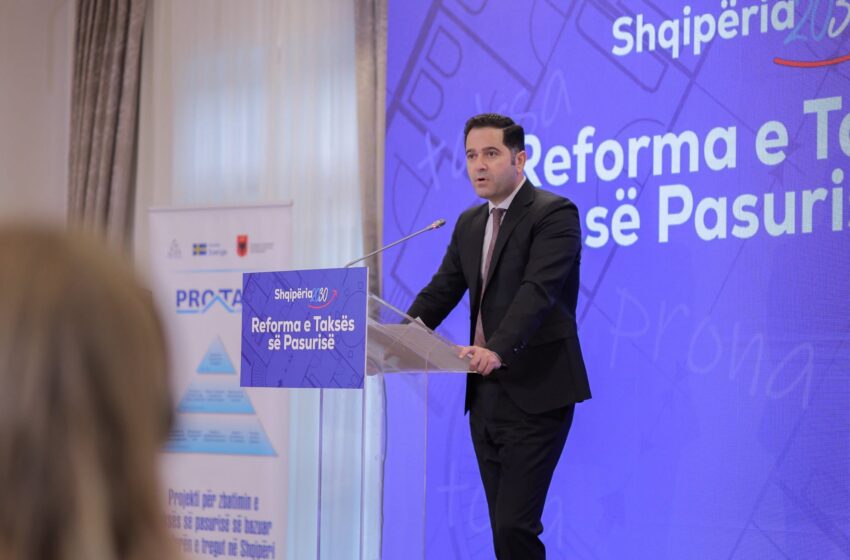Restoration of major cultural heritage sites in Voskopoja and Vithkuq underway, reflecting broader national commitment to preservation

The National Institute of Cultural Heritage has initiated a project to restore four significant religious sites in Voskopoja and Vithkuq. These sites include the Church of St. Prodhromos, the Church of St. Mary, the Church of St. Michael, and the Church of St. Peter and Paul. Restoration efforts aim to conserve the murals and protect the valuable cultural heritage of these sites.
Why is this important
The restoration of these churches is crucial, as they are among the most important cultural and religious landmarks in Albania. They have faced deterioration over centuries and are in dire need of conservation. This project will not only preserve Albania’s historical legacy but also promote cultural tourism, a key sector experiencing significant growth.
Context
Voskopoja and Vithkuq were once important cultural and religious centers in the Balkans during the 18th century. Voskopoja, at its peak, had over 24 churches, a printing press, and one of the earliest academic institutions in the region, making it a hub for intellectual and artistic activity. The churches are particularly famous for their frescoes, which blend Byzantine and local artistic traditions. Vithkuq similarly played a key role as a cultural center, with its churches featuring intricate frescoes that reflect the region’s religious and cultural identity. Restoring these churches will protect the country’s Orthodox Christian heritage and showcase the rich history of the region.
This project aligns with Albania’s broader efforts to restore its cultural heritage. The Ministry of Economy, Culture, and Innovation has overseen the restoration of 499 cultural heritage sites from 2019 to 2024, with funding from the state and international donors. The Albanian government’s commitment to heritage preservation is closely tied to the country’s growing tourism sector, which saw a 36% increase in visitors to cultural sites between January and August 2024. The restoration of other major sites, such as the Durrës Amphitheater and Gjirokastra Fortress, has also attracted international support, particularly from the EU and the Albanian-American Development Foundation.
The restoration projects in Voskopoja and Vithkuq, funded by the Albanian Development Fund, are part of this larger national initiative. These efforts are crucial for preserving Albania’s cultural treasures and ensuring the country’s historical sites continue to attract both domestic and international tourists.


